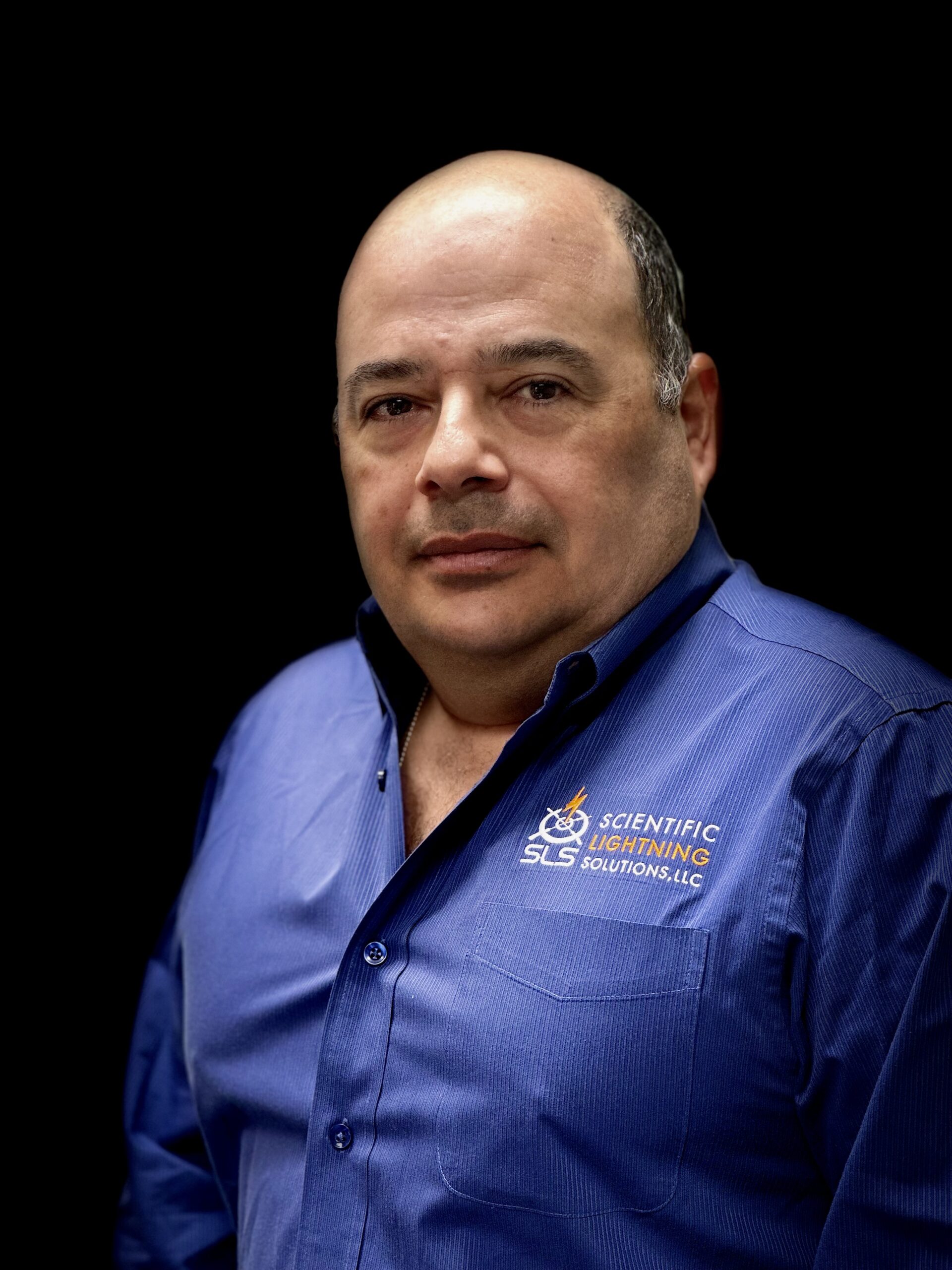At SLS, our expertise isn’t just a claim—it’s documented in the scientific literature that guides our industry. We are proud that our team’s library includes foundational research like the paper, “Lightning Risk Assessment Tool, Implementation of the IEC 62305-2 Standard on Lightning Protection,” a cornerstone of modern lightning safety engineering.
This paper, presented at the 2012 International Conference on Lightning Protection, isn’t just another document on our shelf. It details a groundbreaking approach to quantifying lightning risk with precision.
In this post, we’ll break down the key takeaways from this research and explain how this top-tier expertise is embedded in every SLS Lightning Risk Assessment we conduct.
The Challenge: Why Lightning Risk is So Hard to Calculate
For decades, assessing lightning risk was often more art than science. The international standard IEC 62305-2 changed that by providing a mathematical framework to quantify the danger. The goal is to calculate the actual risk of loss for a facility, including:
- R1: Risk of loss of human life
- R2: Risk of loss of service to the public
- R4: Risk of loss of economic value
However, the standard’s calculations are incredibly complex. They involve dozens of interacting variables—from building materials and dimensions to the specific types of incoming power and data lines. The paper highlights that performing these calculations manually is not only difficult but also prone to errors that can lead to an inaccurate assessment of safety. This was the central problem the research aimed to solve.
The Paper's Solution: The LIRA Tool
The core of the paper is the introduction of the LIRA (Lightning Risk Assessment) tool. Developed by engineers at NASA’s Kennedy Space Center, LIRA was designed to be a comprehensive and flawless implementation of the IEC 62305-2 standard.
Instead of manual calculations, LIRA provides a software interface to input a facility’s exact parameters. The tool then executes the complex risk algorithms precisely as the standard dictates. This automation removes the potential for human error and ensures the final risk analysis is accurate, repeatable, and completely transparent.
One of its most advanced features is its ability to use Monte Carlo simulations to model lightning events, providing a highly accurate prediction of lightning strikes for facilities with unique or complex architecture.
Proving the Method: From a Hospital to a Florida Home
Great research must prove its value in the real world. The paper does this with two key case studies:
- Validating with a Hospital: The tool was first tested against a hospital case study from the standard itself. LIRA’s calculations were a perfect match, proving its accuracy.
- A Real-World Test in Florida: The team then modeled a home in Florida, the “lightning capital of the United States.” The initial analysis revealed the risk of loss of human life (R1) was unacceptably high—higher even than the risk level deemed safe for critical infrastructure. The cause? Unprotected cable and phone lines acting as a superhighway for electrical surges.
The solution wasn’t a complete overhaul. By using the tool to model the addition of Surge Protective Devices (SPDs), the risk score dropped to a safe level. Think of an SPD as a pressure-release valve for electricity; it safely diverts the dangerous surge to the ground in a fraction of a second, protecting everything downstream.
How This Expertise Translates to Your Facility's Safety
This paper isn’t just a document in our library; its principles are embedded in our DNA. Having this deep, scientific understanding of risk analysis is what sets the SLS methodology apart. It means our analysis isn’t just based on a textbook; it’s informed by the practical insights gained from the very research that validated these models.
When SLS assesses your facility, you get:
- A Move Beyond the Code: We don’t just check boxes on a list. We run complex calculations to find your building’s true risk score.
- The Weakest Link, Revealed: Our analysis pinpoints the exact vulnerabilities—whether it’s an unshielded data line, an overlooked grounding point, or a nearby structure that changes your risk profile.
- Smarter, Cost-Effective Solutions: We design targeted, efficient fixes. As the research showed, you don’t always need a massive overhaul. Often, a few strategically placed devices can neutralize a major threat.
Is your lightning protection strategy based on hope, or is it based on math? The difference could be millions of dollars in damages and, more importantly, the safety of your people.
Don’t leave your facility’s safety to chance. Contact the SLS team today to schedule a comprehensive Lightning Risk Assessment grounded in proven science.
Further Reading & Authoritative Sources
- IEEE Xplore Digital Library: The source for the scientific paper discussed.
- International Electrotechnical Commission (IEC): The global body that publishes the 62305 series of standards.
- National Fire Protection Association (NFPA): Publishes the NFPA 780 standard for lightning protection installation.
- National Oceanic and Atmospheric Administration (NOAA): A primary source for lightning facts and weather data.
- NASA Kennedy Space Center: A world leader in lightning research and mitigation due to the critical nature of space launches.
About The Author

Dr. Carlos Mata
Chief Technology Officer

